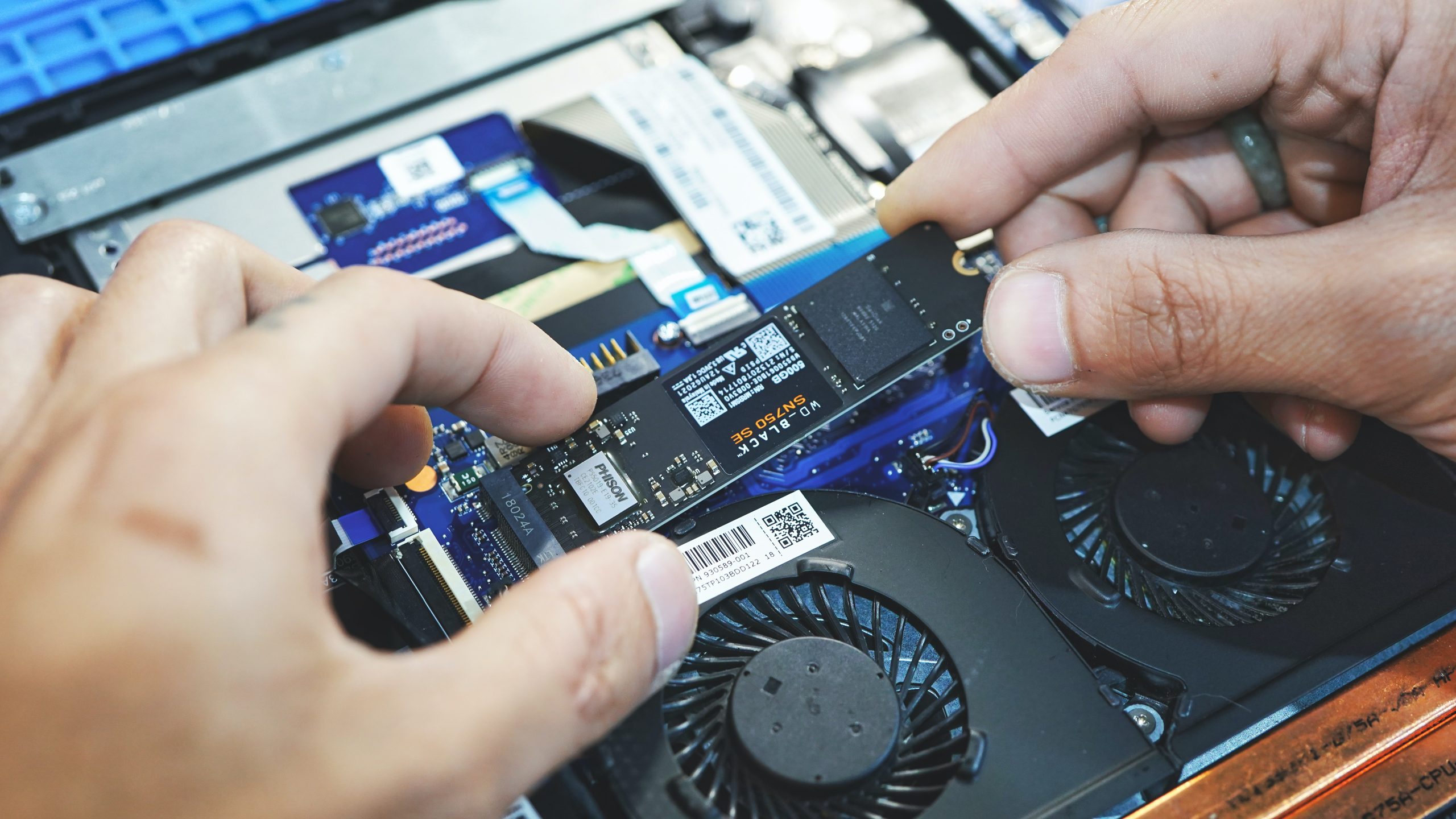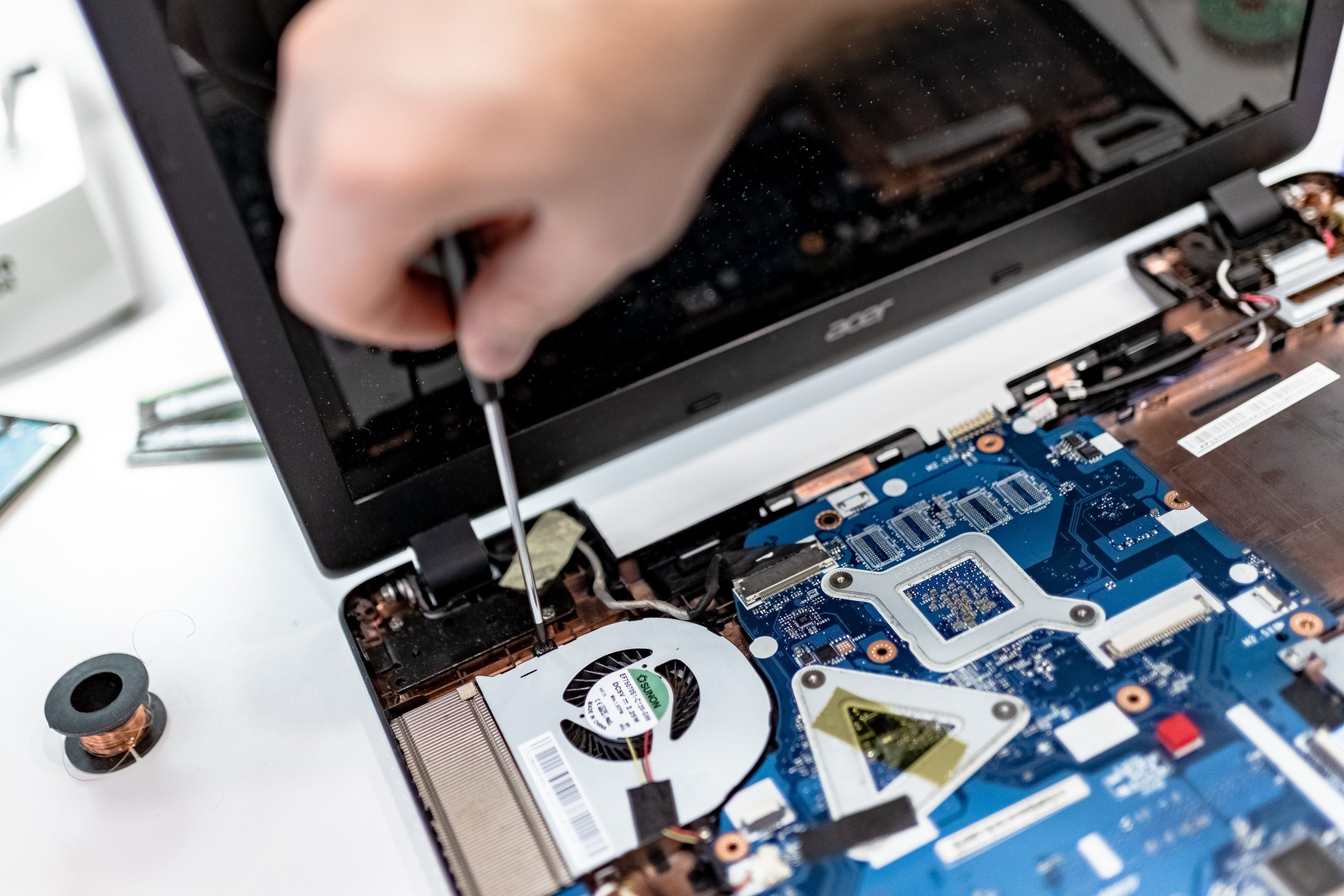What is the Average Lifespan of SSD? 5 Best Points To Know.

Average Lifespan of SSD, Solid State Drives (SSDs) have revolutionized the way we store and access data on our computers. Unlike traditional hard drives, SSDs do not have any moving parts, which makes them more durable and faster. However, there are concerns about the lifespan of SSDs. In this article, we will explore the average lifespan of SSDs and what factors affect their lifespan.
SSDs are non-volatile storage devices that use NAND-based flash memory to store data. They are faster, quieter, and more durable than traditional HDDs, making them the preferred choice for many users. However, one question that often arises when it comes to SSDs is their lifespan. How long do they last, and what factors affect their longevity?
What is an SSD?
Average Lifespan of SSD, Before we dive into the lifespan of SSDs, let’s first understand what they are. An SSD is a storage device that uses NAND-based flash memory to store data. It has no moving parts and relies on memory chips to store and retrieve data. Unlike traditional HDDs, SSDs are faster, more reliable, and consume less power. They are widely used in laptops, desktop computers, and data centers.

Average Lifespan of SSD, SSD Lifespan
The lifespan of an SSD is the amount of time it takes for the drive to fail or become unreliable. Unlike traditional HDDs, SSDs have a limited number of write cycles. Each time data is written to an SSD, the cells in the NAND-based flash memory degrade, reducing the drive’s lifespan. However, the lifespan of an SSD can vary depending on several factors.
Read More: Best Portable and Desktop SSDs and HDDs External Hard Drives 2020
Understanding SSD Lifespan
How SSDs Store Data
Before discussing the lifespan of SSDs, it is important to understand how they store data. SSDs use NAND flash memory, which is a type of non-volatile storage technology. Non-volatile means that the data is retained even when there is no power supply to the drive.
SSDs store data in blocks, which are further divided into pages. When a file is deleted or overwritten, the data is not actually erased from the SSD. Instead, the SSD marks the block as free for future use. This process is known as garbage collection.
How Long Do SSDs Last?
Average Lifespan of SSD, The lifespan of an SSD is determined by the number of write cycles it can endure. Each time data is written to an SSD, it wears down the NAND cells that store the data. Over time, this wear can cause the cells to fail, which can result in data loss.
The lifespan of an SSD is measured in terms of terabytes written (TBW). A terabyte is a unit of measurement for digital information. It is equivalent to 1,000 gigabytes (GB).
The average lifespan of an SSD is around 75 to 100 terabytes written (TBW). This means that if you write 50 GB of data to your SSD every day, it would last you around 5 years.
However, it is important to note that the lifespan of an SSD can vary depending on several factors.

Factors Affecting SSD Lifespan
Write Endurance
Average Lifespan of SSD, Write endurance is the number of times an SSD can write data to its NAND cells before it fails. This number is determined by the quality of the NAND cells and the controller that manages them.
SSDs with higher write endurance are more expensive than those with lower write endurance. If you plan on writing a lot of data to your SSD, it is important to invest in one with higher write endurance.
Average Lifespan of SSD, Temperature
High temperatures can reduce the lifespan of an SSD. When an SSD gets too hot, it can cause the NAND cells to wear down faster than normal. This can lead to data loss and other issues.
It is important to keep your SSD at a cool temperature. If your computer has poor ventilation, consider adding a cooling fan or upgrading to a better case.
Power Cycles
Average Lifespan of SSD, Each time an SSD powers on and off, it goes through a process known as a power cycle. Power cycles can wear down the NAND cells over time, reducing the lifespan of the SSD.
If you plan on using your SSD in a device that frequently powers on and off, such as a laptop or tablet, consider using sleep mode instead of shutting down the device completely.
Manufacturing Quality
The quality of the manufacturing process can also affect the lifespan of an SSD. Cheaper SSD models may use lower quality NAND cells and controllers, which can result in a shorter lifespan. It is important to research and invest in high-quality SSDs from reputable brands.
Average Lifespan of SSD, User Habits
User habits can also affect the lifespan of an SSD. Writing large files, such as videos or games, can wear down the NAND cells faster than writing smaller files, such as documents or images.
It is important to be mindful of the types of files you write to your SSD and to avoid unnecessary writes whenever possible.

How to Extend the Lifespan of SSDs
There are several steps you can take to extend the lifespan of your SSD.
Update Firmware
Average Lifespan of SSD, Firmware updates can improve the performance and lifespan of an SSD. Manufacturers often release firmware updates that address issues and improve compatibility with the latest operating systems.
Check your SSD manufacturer’s website for firmware updates and install them as needed.
Monitor Temperature
Monitor the temperature of your SSD using software tools, such as CrystalDiskInfo or HWMonitor. Keep your SSD at a cool temperature and avoid exposing it to high temperatures.
Use Power Management Settings
Average Lifespan of SSD, Use power management settings to reduce the number of power cycles your SSD goes through. For example, use sleep mode instead of shutting down your device completely.
Avoid Large Writes
Avoid writing large files to your SSD whenever possible. Instead, store them on an external hard drive or cloud storage service.
Read More: 7 Easy Ways to Format an SSD.
Average Lifespan of SSD, Conclusion
SSDs have a limited lifespan that is determined by the number of write cycles they can endure. The average lifespan of an SSD is around 75 to 100 terabytes written (TBW). However, several factors can affect the lifespan of an SSD, including write endurance, temperature, power cycles, manufacturing quality, and user habits.
To extend the lifespan of your SSD, update firmware regularly, monitor temperature, use power management settings, and avoid large writes whenever possible.

FAQs
- Can an SSD last forever? No, SSDs have a limited lifespan that is determined by the number of write cycles they can endure.
- How do I check the lifespan of my SSD? You can use software tools, such as CrystalDiskInfo, to check the health of your SSD and estimate its lifespan.
- Can temperature affect SSD lifespan? Yes, high temperatures can reduce the lifespan of an SSD by causing the NAND cells to wear down faster than normal.
- Can user habits affect SSD lifespan? Yes, user habits such as writing large files can wear down the NAND cells faster than writing smaller files.
- How can I extend the lifespan of my SSD? To extend the lifespan of your SSD, update firmware regularly, monitor temperature, use power management settings, and avoid large writes whenever possible.












2 Comments